With the constant evolution of technology, the development of Artificial Intelligence (AI) is becoming increasingly popular among web designers. As a result, AI tools are being developed to help facilitate web design workflows. In this article, we will explore 6 of the best AI tools for web designers and discuss their features and benefits. Web designers can use these AI tools to help streamline their projects and save time while still creating high-quality designs.
AI for Web Designers
As technology advances, AI has become a game-changer in almost every industry. The field of web design is no exception. In fact, AI tools for web designers are becoming more popular as they help simplify the process of website development and enhance user experience.
One such tool is Wix ADI, an artificial design intelligence tool that creates websites based on specific criteria provided by users. It analyzes the content to generate a custom design that meets the user’s requirements. This saves time and effort involved in designing a website from scratch.
Another useful tool is Firedrop.ai, which uses machine learning algorithms to create unique designs for each project. It also has a chatbot feature that assists users with their website development queries and provides suggestions for improvements.
In conclusion, incorporating AI into web design can significantly improve the efficiency of website creation while enhancing user experience at the same time. With many AI tools available in the market today, it’s crucial to choose one that fits your needs and preferences to create visually stunning websites quickly and easily.
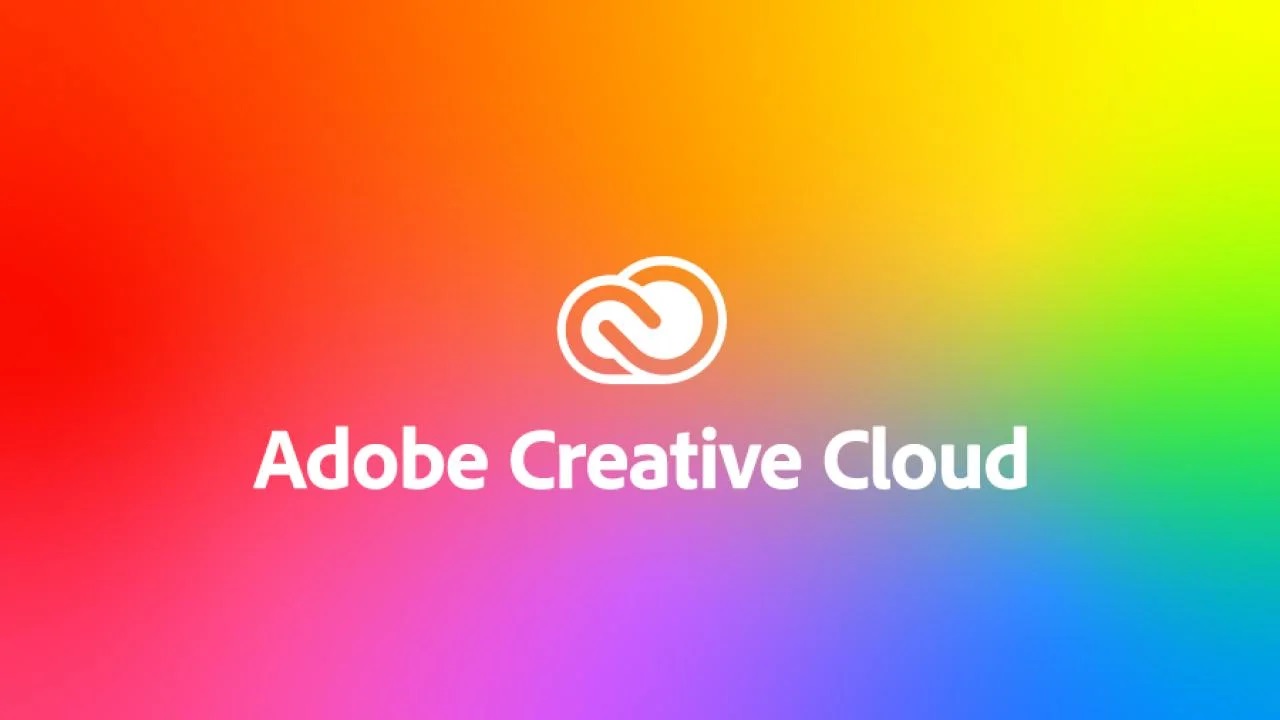
AI Tool #1: Adobe Creative Cloud
Adobe Creative Cloud is a suite of software applications that includes tools for graphic design, video editing, web development, and more. The AI-powered features in Adobe Creative Cloud can help web designers work faster and more efficiently. For instance, the Adobe Sensei AI technology can automatically remove backgrounds from images or suggest color palettes based on an existing image.
Moreover, Adobe XD (Experience Design) has a feature called Coediting that allows multiple designers to collaborate on the same project simultaneously. This feature enables designers to work together in real-time and ensures consistency across all pages of the website.
Finally, Adobe Stock offers an extensive library of high-quality graphics, images, and videos that can be used for creating impactful designs. The platform also has an AI-powered visual search feature that enables designers to find similar images by simply uploading an image or using keywords.
Overall, Adobe Creative Cloud’s AI-powered tools provide web designers with greater speed and accuracy in their processes while making it easier to create visually stunning designs.
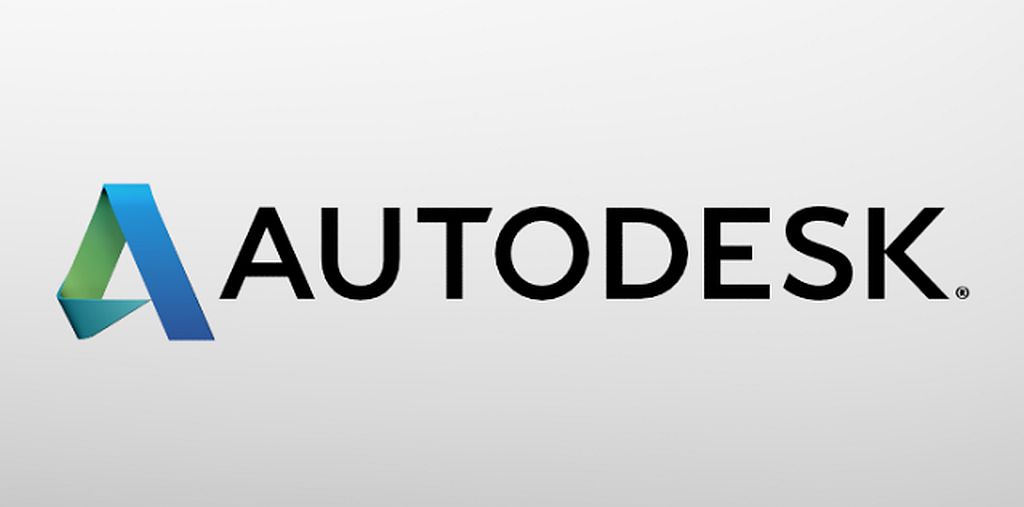
AI Tool #2: Autodesk Generative Design
Autodesk Generative Design is a powerful AI tool that streamlines the design process by automating complex decision-making processes. This tool uses machine learning algorithms to generate multiple design options based on the user’s input constraints, such as materials and manufacturing techniques. With Autodesk Generative Design, users can quickly explore and evaluate various design options and select the best one for their project.
One of the significant advantages of Autodesk Generative Design is that it reduces the time and cost associated with traditional design methods. By leveraging machine learning algorithms, this tool can generate thousands of potential designs within minutes, which would have taken weeks or even months using conventional methods. Additionally, Autodesk Generative Design optimizes designs for specific performance criteria, such as weight reduction or material usage efficiency.
Overall, Autodesk Generative Design is an excellent AI tool for web designers looking to optimize their product development process. By harnessing its machine learning capabilities, users can create more innovative designs in less time and at a lower cost than ever before.
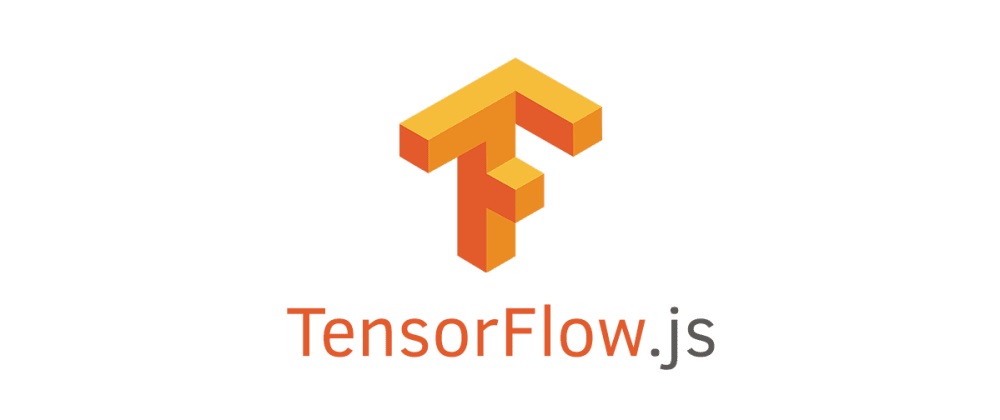
AI Tool #3: TensorFlow.js
TensorFlow.js is an open-source library that enables web developers to build and train machine learning models directly in the browser. With TensorFlow.js, you can perform deep learning tasks like image and speech recognition, natural language processing (NLP), and predictive analytics without relying on a backend server. This makes it easier for developers to create AI-powered applications that run entirely on the client-side.
One of the key benefits of TensorFlow.js is its ease of use. The library provides a high-level API that abstracts away many of the complexities involved in building machine learning models from scratch. Developers can use pre-trained models or build their own with just a few lines of code. Additionally, TensorFlow.js integrates seamlessly with popular front-end frameworks like React and Vue.js.
Another advantage of TensorFlow.js is its speed and performance. Since all computations are performed locally within the user’s browser, there is no need for network communication or data transfer to a server. This results in faster inference times and lower latency, which can be critical for real-time applications like chatbots or virtual assistants. Overall, TensorFlow.js offers web designers a powerful toolkit for creating cutting-edge AI-driven experiences that push the boundaries of what’s possible on the web.
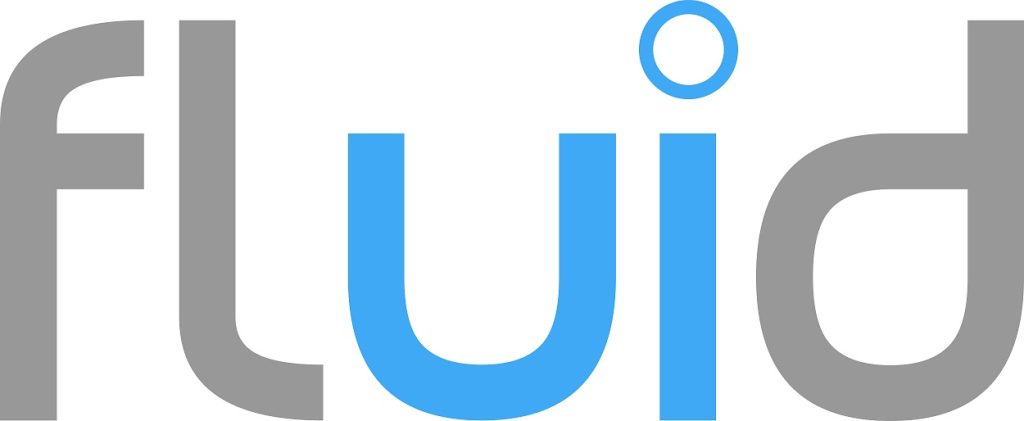
AI Tool #4: Fluid UI
Fluid UI is an AI tool that allows web designers to create interactive prototypes of their designs quickly and easily. The tool features a drag-and-drop interface for creating user interfaces, as well as pre-built templates and components that can be customized to suit the designer’s needs. One key advantage of Fluid UI is its ability to simulate different screen sizes and resolutions, allowing designers to test their designs across multiple devices.
Another feature of Fluid UI is its collaboration capabilities. Design teams can work together on a project in real-time, making changes and providing feedback without the need for lengthy email chains or meetings. Additionally, Fluid UI integrates with popular design tools like Sketch and Photoshop, making it easy for designers to import their existing assets into the tool.
Overall, Fluid UI is a powerful AI tool for web designers looking to streamline their workflow and improve collaboration with their team members. Its intuitive interface and range of features make it a valuable addition to any designer’s toolkit.
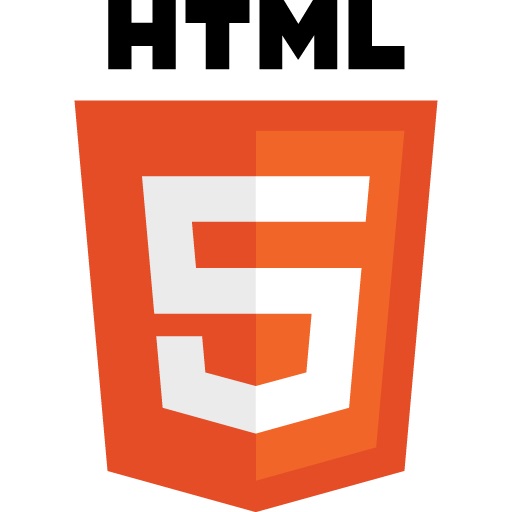
AI Tool #5: HTML 5 Builder
HTML 5 Builder is an AI tool that helps web designers to create responsive and interactive websites. With this tool, web developers can write HTML code quickly without any coding knowledge. The software provides a user-friendly interface that makes it easy for users to create a website from scratch or edit existing ones.
The HTML 5 Builder’s drag-and-drop feature enables web designers to add various elements such as images, videos, and text fields to their website effortlessly. This AI tool also has pre-built templates that users can choose from and modify based on their requirements. Additionally, the tool supports different programming languages such as JavaScript and CSS3 making it possible for developers to create robust websites.
Overall, with the HTML 5 Builder you don’t need any technical skills or experience in web development; this AI tool makes it easy for anyone to build a professional-looking website within minutes.

AI Tool #6: Figma
Figma is a popular AI tool for web designers that helps in creating interactive designs with ease. It provides a collaborative platform where designers can work together on the same project regardless of their location. This feature makes Figma an ideal tool for teams working remotely. The tool also offers real-time feedback, allowing team members to comment and provide suggestions immediately.
Another advantage of using Figma is its vector-based design system, which enables users to create scalable designs without losing quality. Additionally, the tool has a library of pre-made templates and UI kits that can be customized to fit specific projects quickly. These templates are available for different devices like mobile phones, desktops, tablets, etc.
Figma’s AI-powered features include auto-layouts and smart selection tools that help designers save time by automating tedious tasks such as resizing objects and organizing layers. The ultimate result is faster design iterations and better collaboration between team members leading to improved productivity and superior design outcomes.
Conclusion
In conclusion, AI tools have revolutionized the way web designers work. These tools have proven to be cost-effective and time-saving, allowing for a more efficient workflow. However, it is important to note that these tools are not meant to replace human creativity and expertise but rather enhance them.
Among the six best AI tools for web designers mentioned in this article, Adobe Sensei stands out as a comprehensive suite of features that cover all aspects of design, from typography to layout. It also allows for customization and integration with other Adobe products.
Ultimately, AI tools can assist web designers in tasks such as prototyping, generating color palettes, and even creating content. The future of web design seems promising with the incorporation of AI technology into the industry.



















